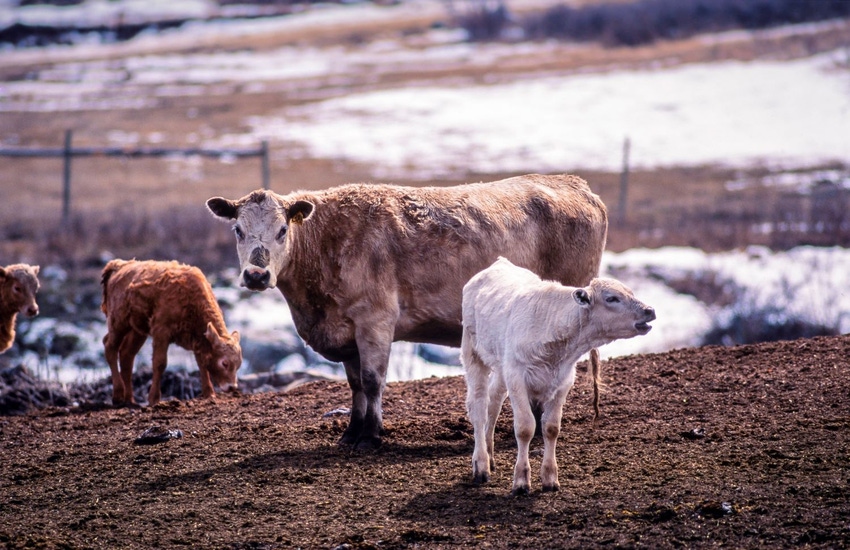Focus on calving ease and the maternal side when it comes to EPD's.
February 17, 2023

Nobody likes pulling calves, not to mention the loss in calf and cow performance or possible death due to dystocia. Selecting the right genetics for a successful calving season occurs the year prior. If you find yourself pulling a good number of calves, it is time to take a step back and look at the genetics of your herd.
Three EPDs to focus on for a successful calving season are calving ease direct (CED), calving ease maternal (CEM), and to a lesser degree birth weight (BW).
Calving ease is derived from calving difficulty, or dystocia, which may be caused by a large pre-natal calf, misposition of the calf, the dam’s pelvic area, insufficient uterine contractions, or lack of sufficient dilation of the cervix. Calving difficulties are scored on a scale of 1 to 5 with 1 being unassisted birth to 5 as an abnormal presentation. Calving ease is evaluated using calving difficulty scores and with birth weight as a genetically correlated trait. The higher the CED or CEM, the higher proportion of unassisted births (higher is better.)
CED are the genes contributed directly to the calf for reduced calving difficulty. Bulls used on first calf heifers should have high CED. If retaining replacement females, the CEM should be considered. Calving ease maternal is the genetic prediction for the calving ease of daughters when they calve. In other words, it is the genetics behind the female’s contribution to calving.
What about BW? This is the EPD that should receive the least amount of emphasis. A large birth weight for a calf can increase the likelihood of dystocia, but it is only one of several contributing factors. When considering a BW EPD, it only takes into consideration the calf’s birth weight and doesn’t consider other factors that can contribute to dystocia. The calving ease EPD does account for birth weight as a genetically correlated trait. As birth weight increases, the resulting CED EPD will simultaneously decrease. The moral of this story is to select for CED (and CEM when retaining heifers) to decrease incidences of dystocia as this is the actual trait you are trying to select for.
You May Also Like



